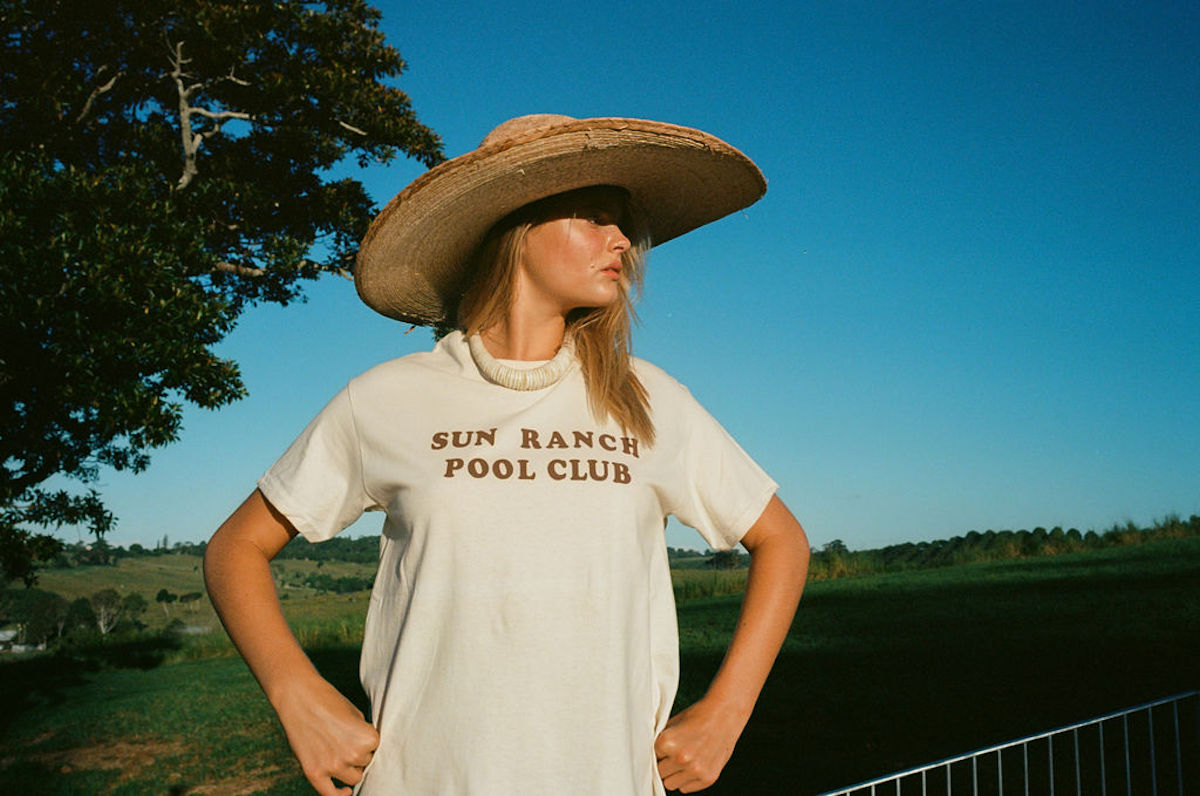Slowly, then all at once, merchandise crept into our wardrobes. A baseball cap (from your favourite podcast). A ceramic mug (from that hotel you stayed at two months ago). A linen robe (emblazoned with a logo) that speaks not just to a place, but to a feeling. In 2025, branded merch is no longer an afterthought — it’s the product. And increasingly, it’s how we signal our taste, our affiliations, and where we’ve been (or want to go).
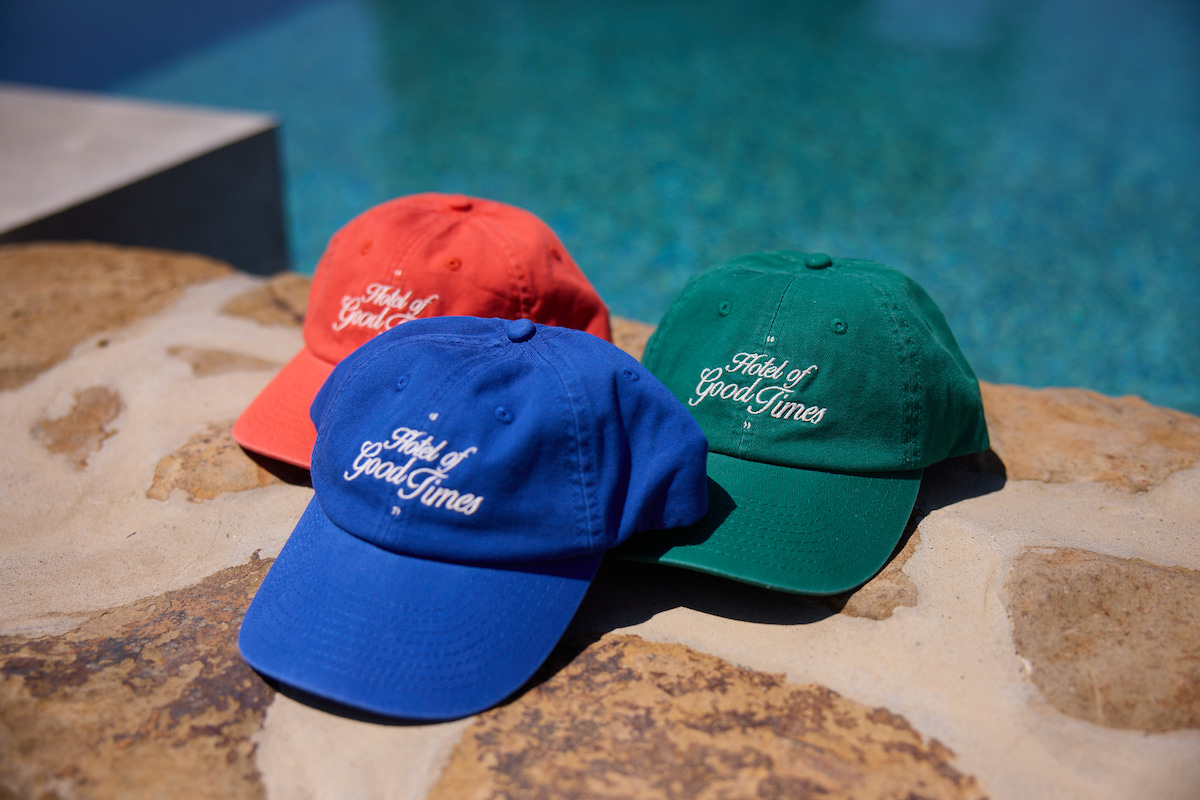
Photograph courtesy of Sun Ranch, Byron Bay.
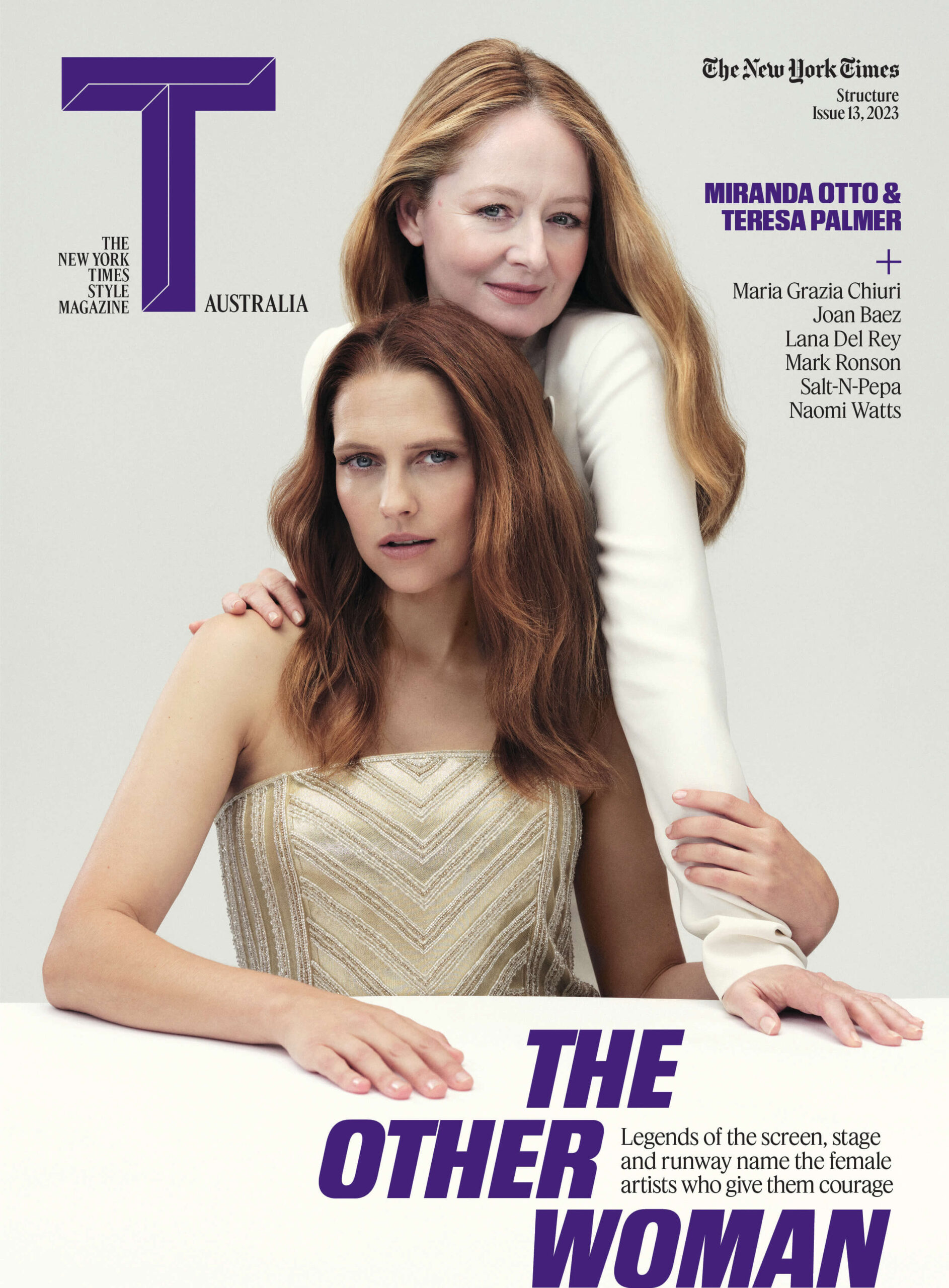
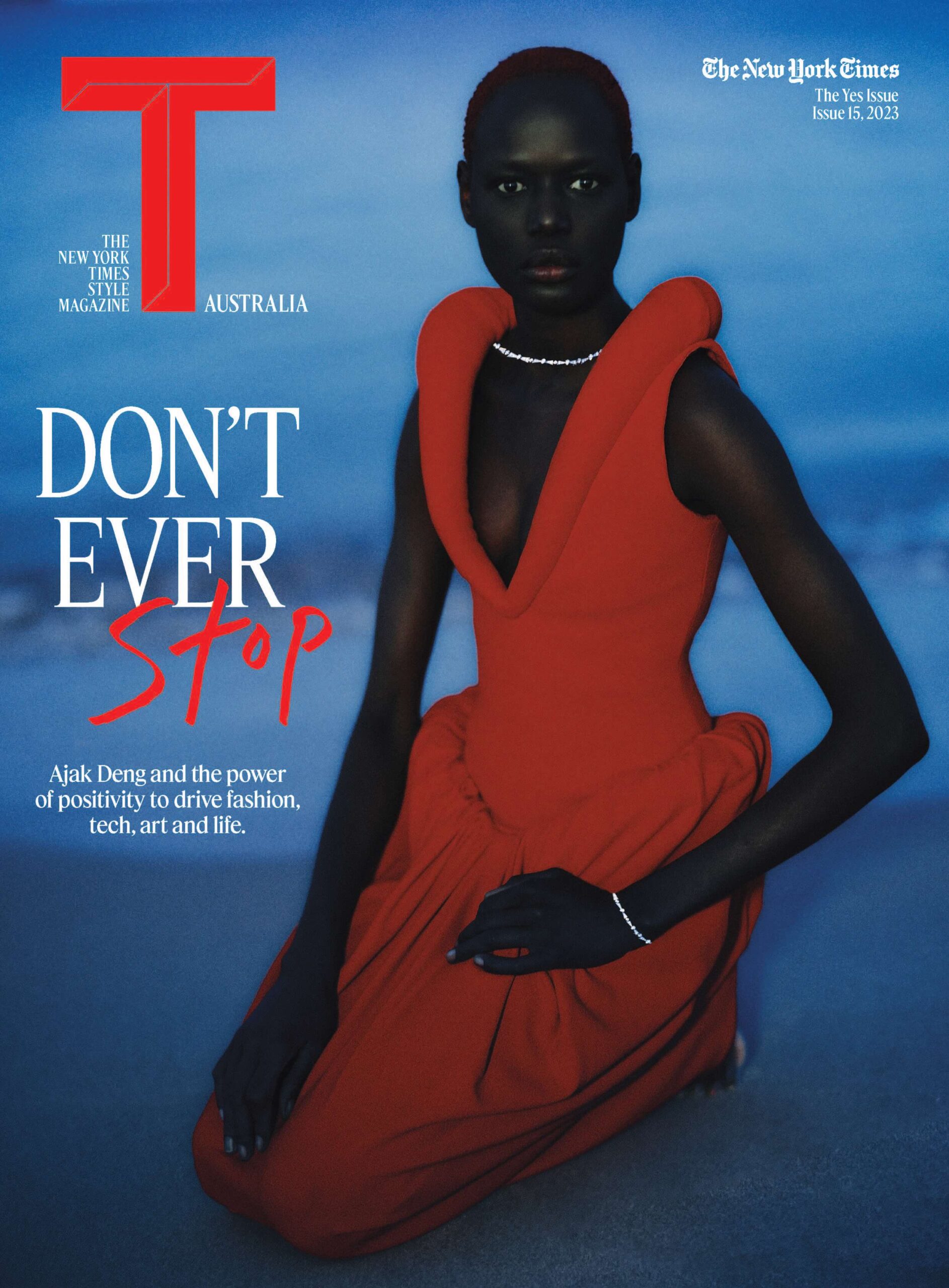
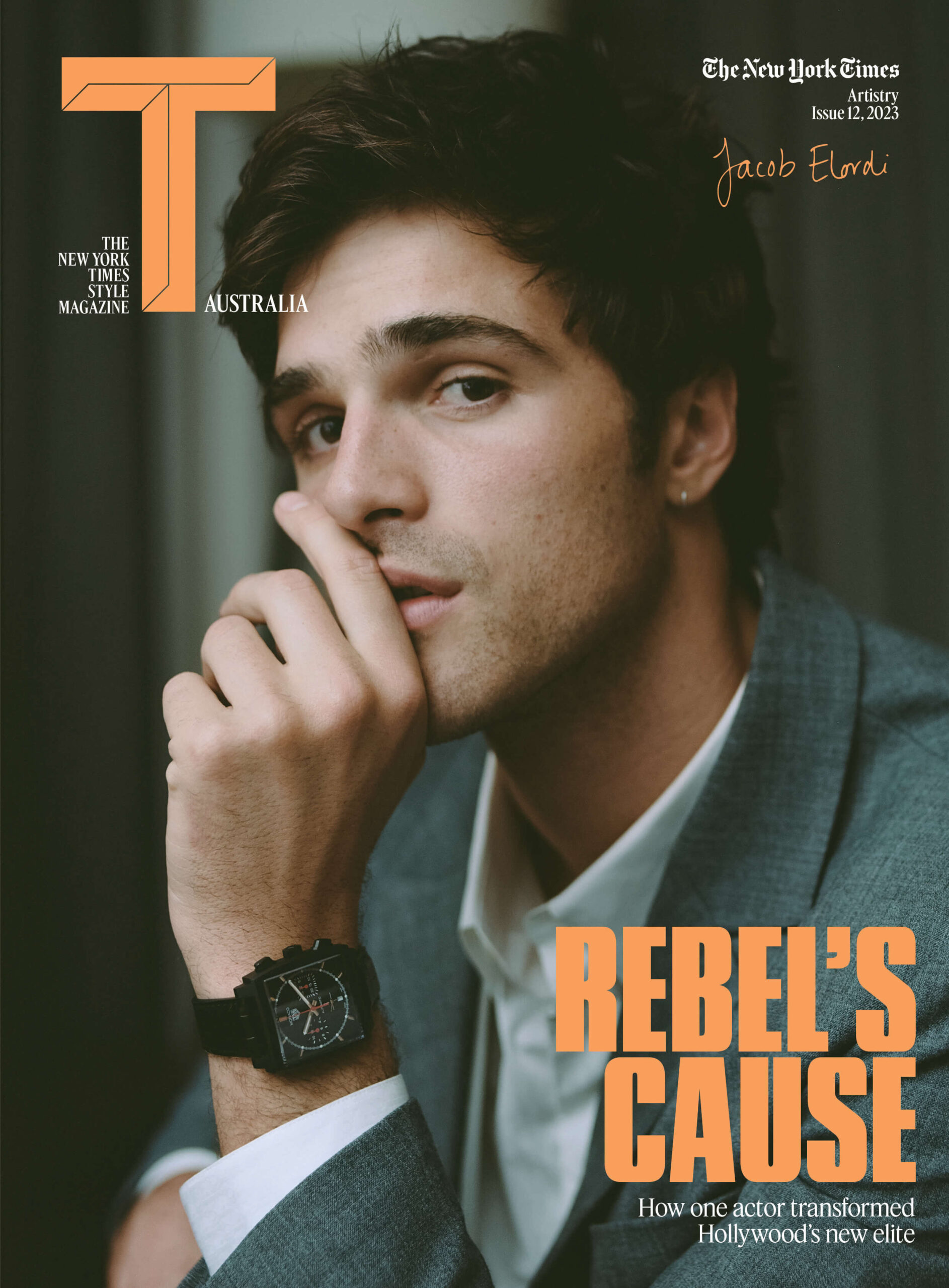
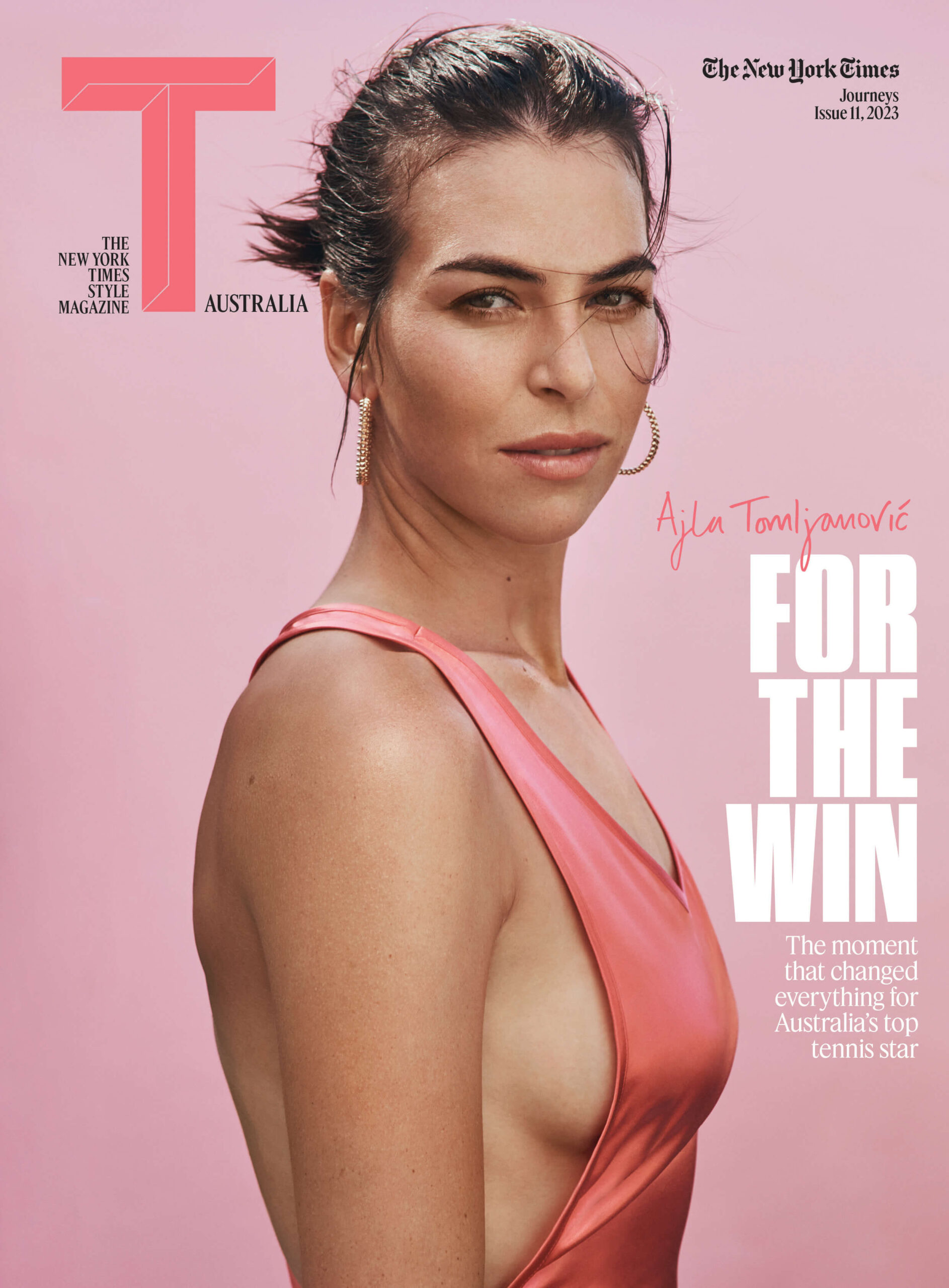
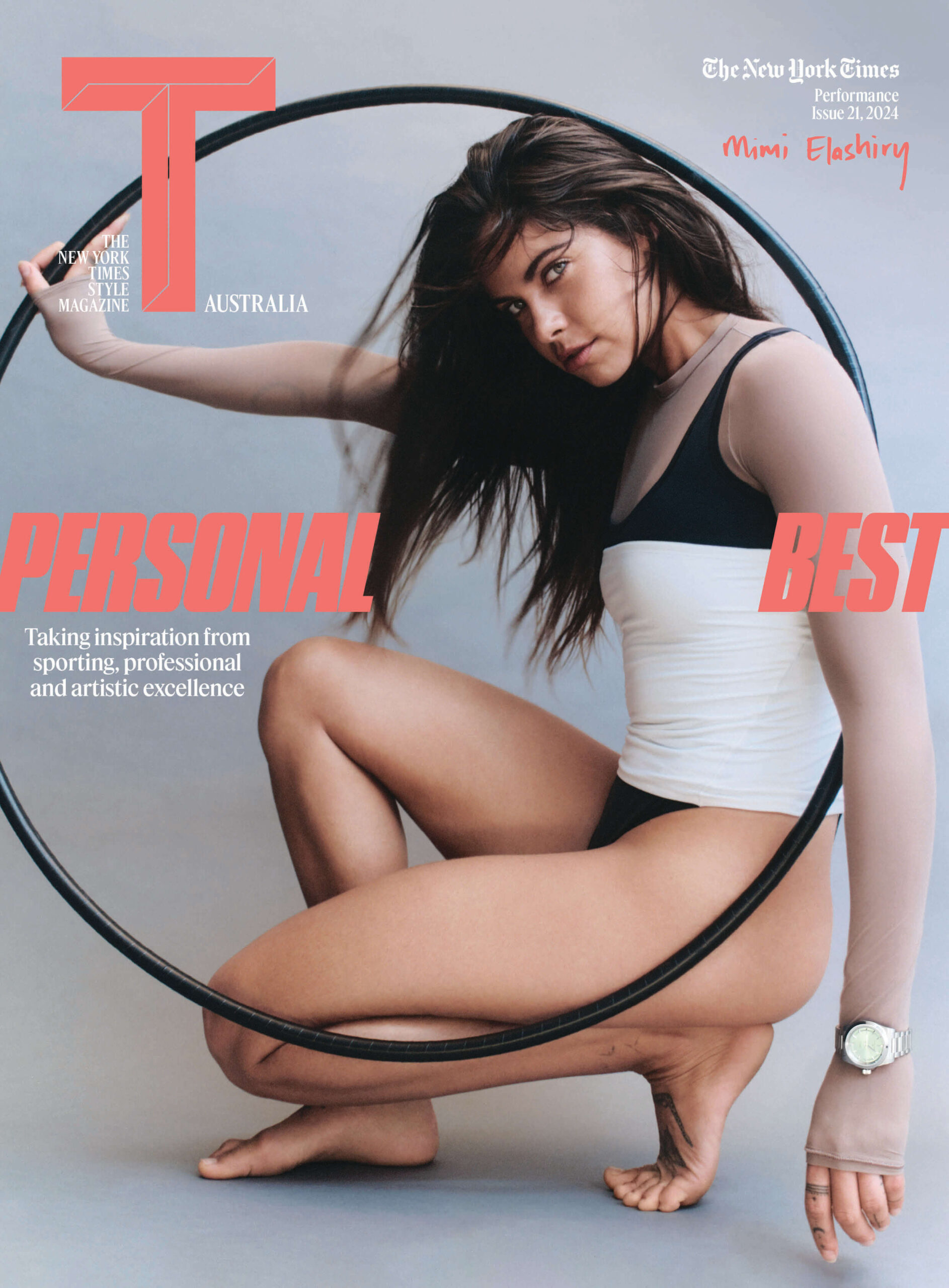
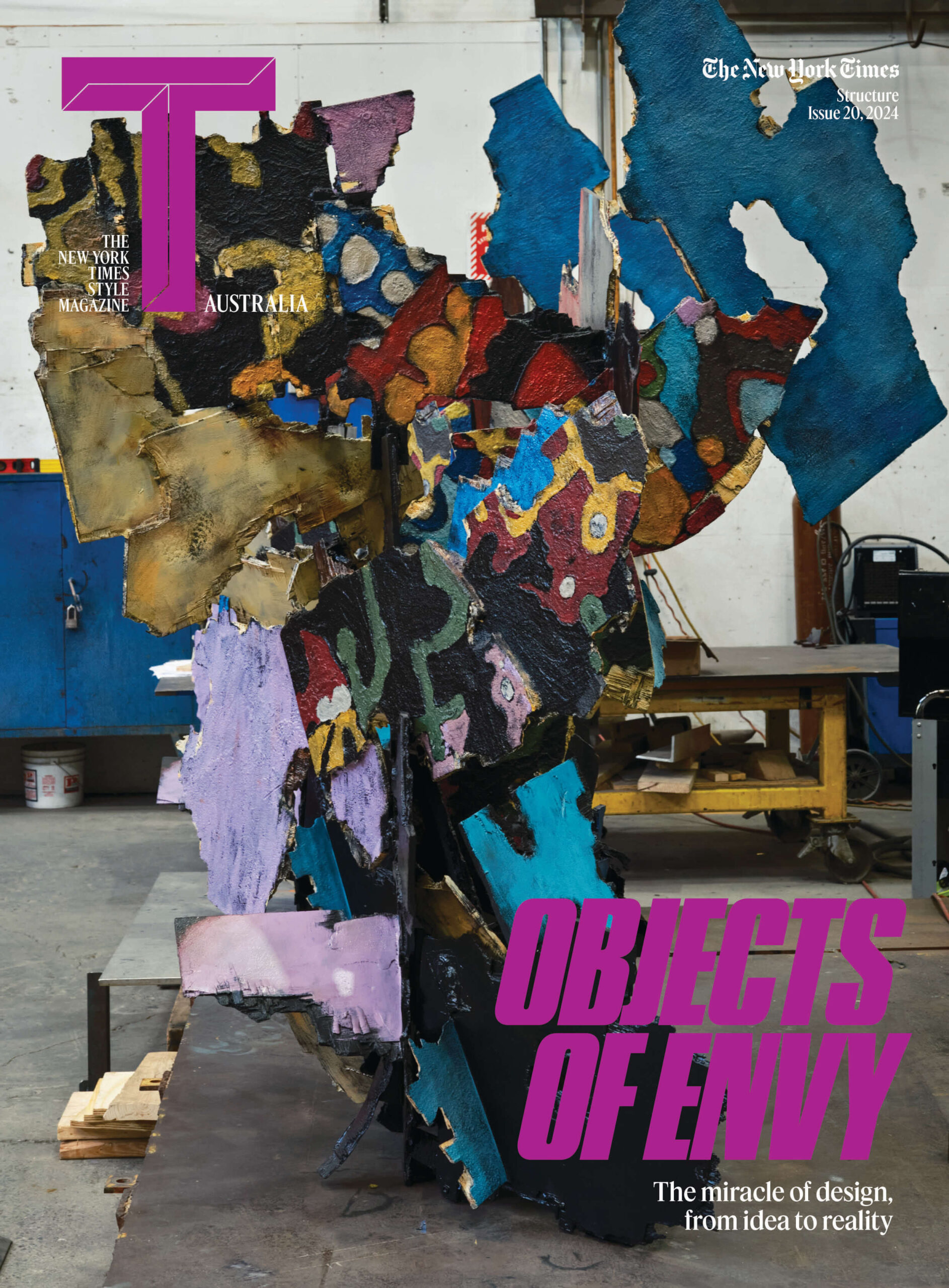
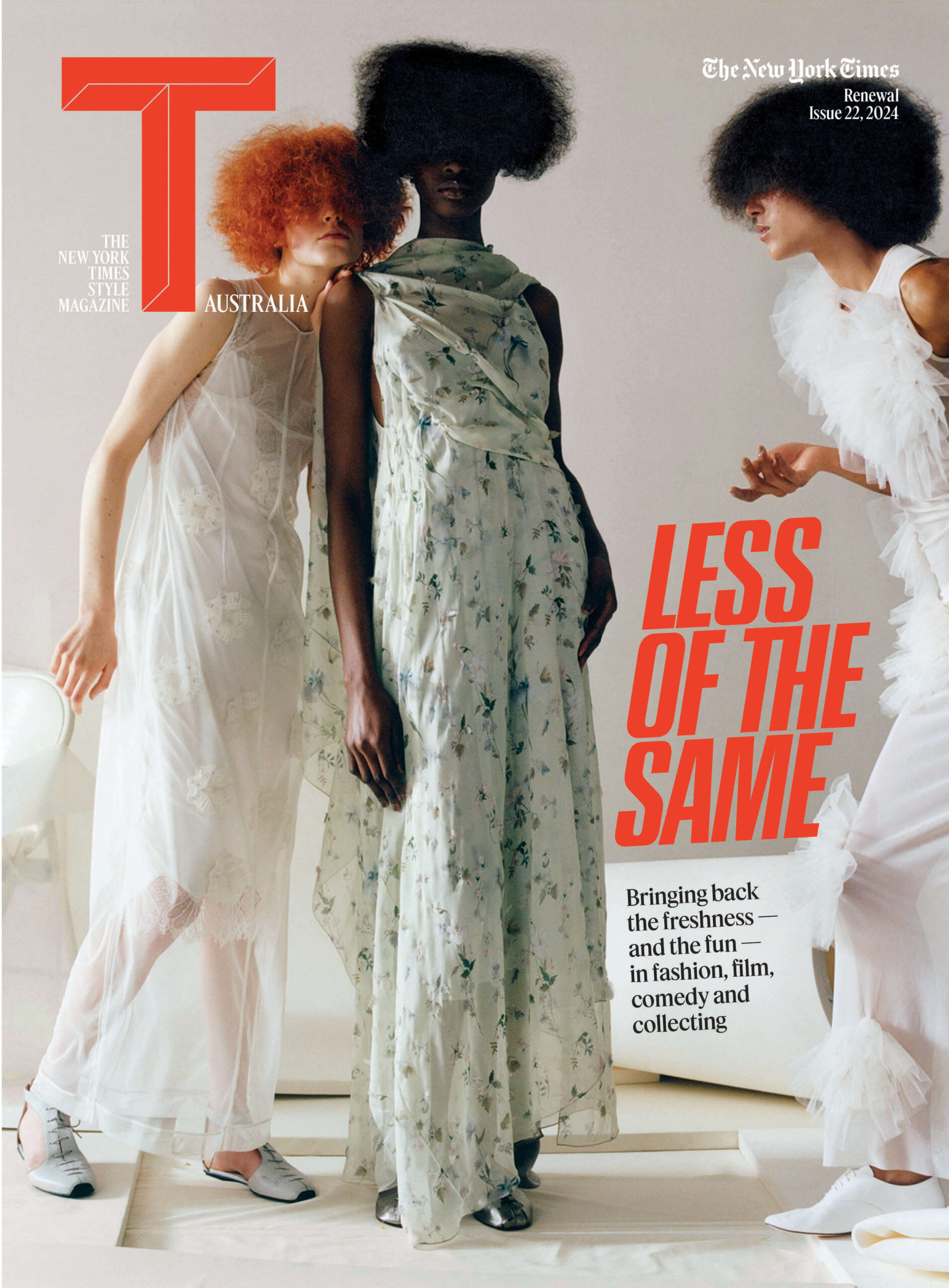
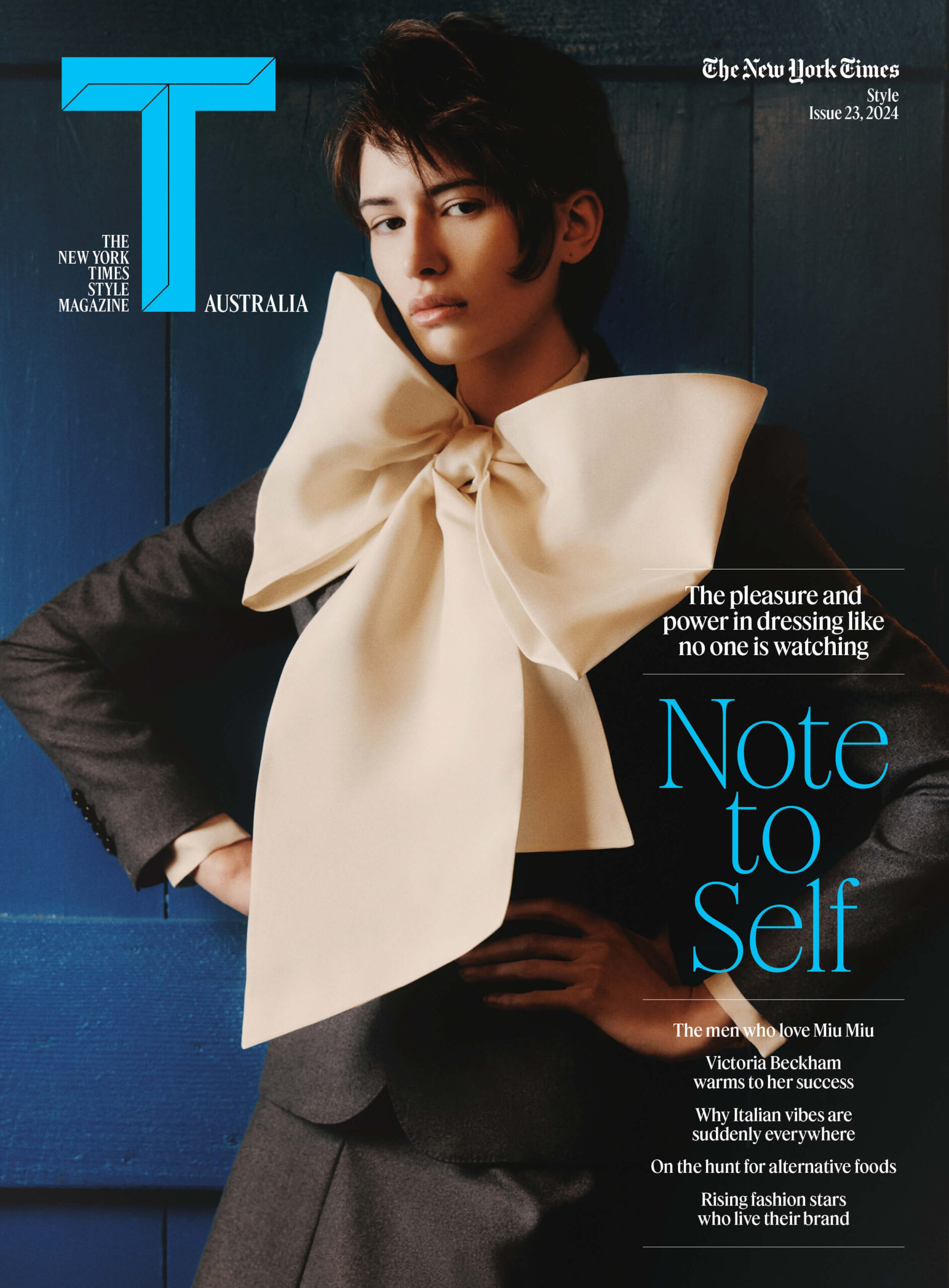
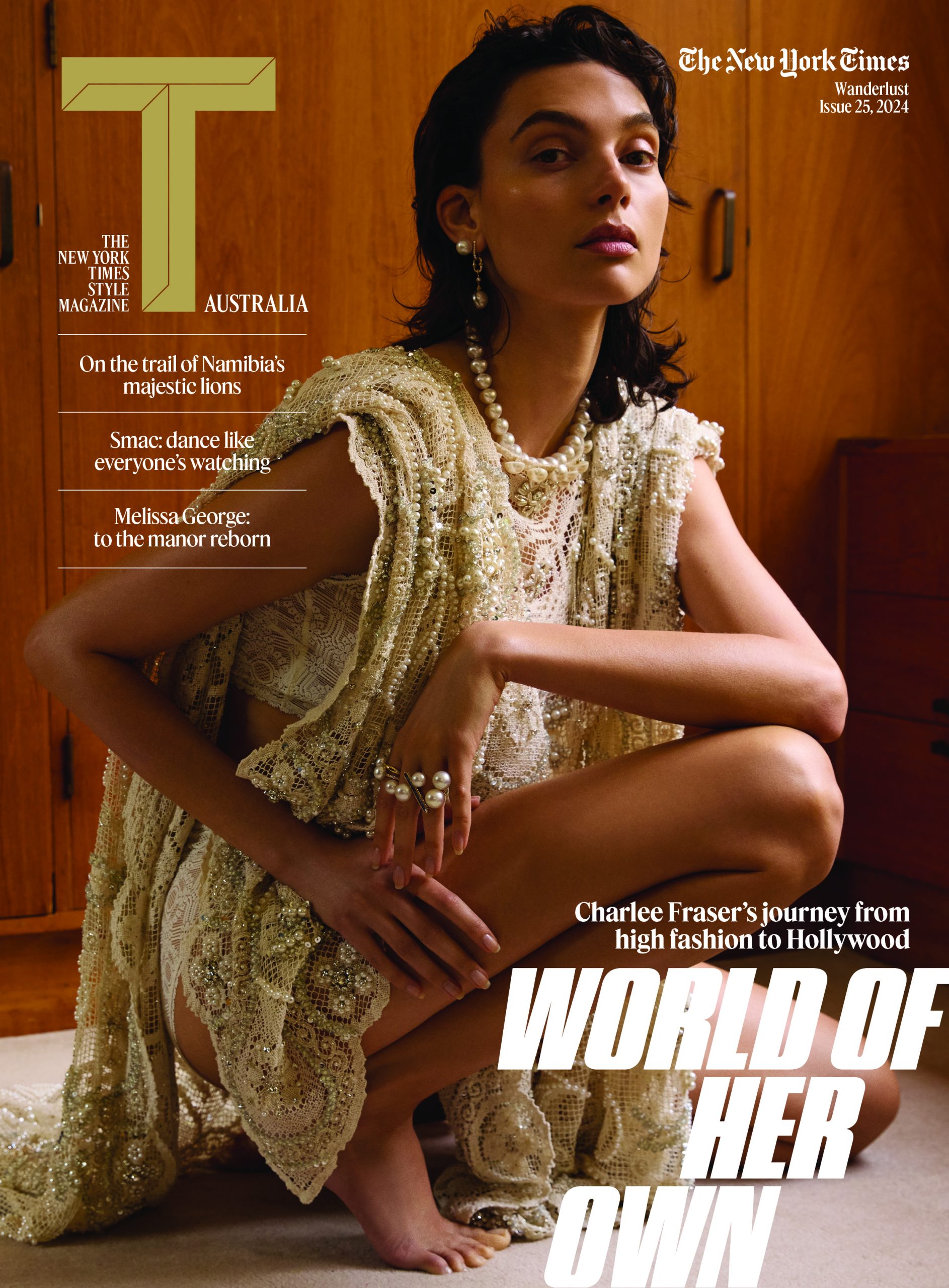
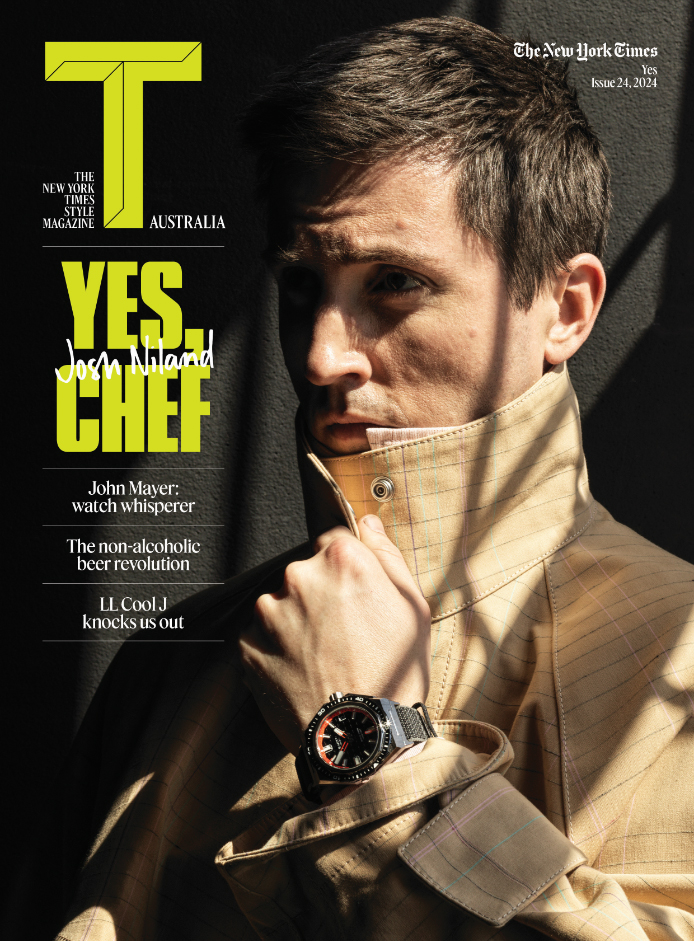
Subscribe
Want more T Australia? Subscribe to the magazine and receive a bonus issue
“The role of merchandise for brands far exceeds the humble ‘freebie’ or gift-with-purchase,” says Sophia Athas, creative director of Hatrik House, a multidisciplinary studio specialising in creative direction and brand activations. “It can act as a limited-edition item that fans of the brand line up for and wait with anticipation for drops.”
Merch now serves as a collectible, a keepsake, even a compact way into the world of luxury. “For luxury brands it could be about providing a bite-size affordable product without having to drop big money on a bag or accessory. Rather it’s the branded magazine, book or flower giveaway that consumers can walk away with feeling like it hit the spot.”
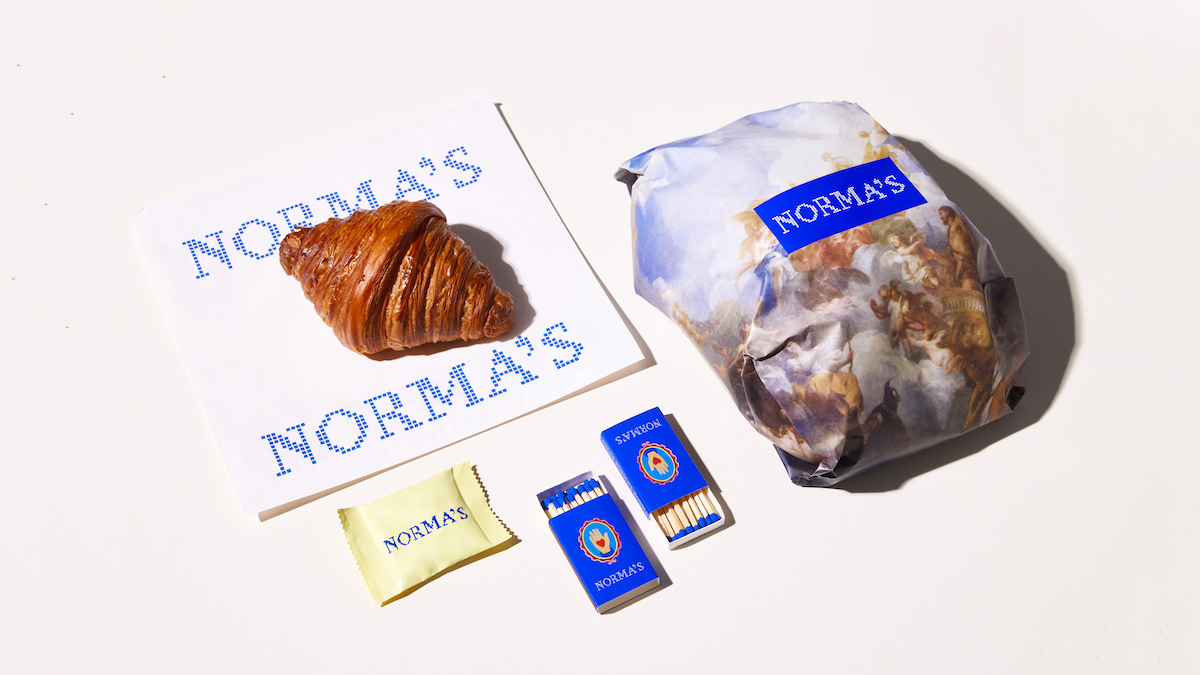
Photograph courtesy of Hatrik House.
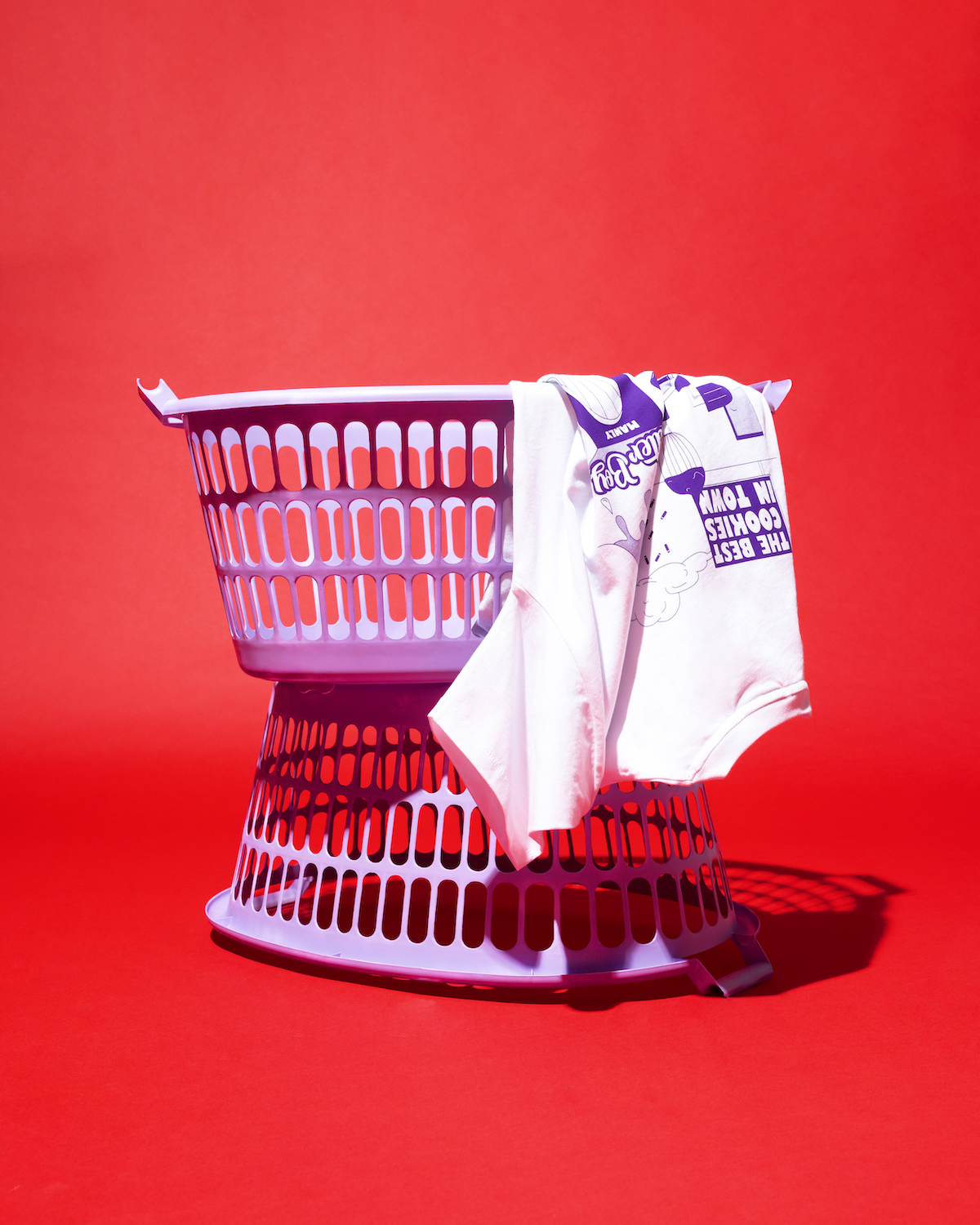
Photograph courtesy of Hatrik House.
This idea — that merchandise offers both access and emotional connection — underpins its success across categories. At Valentina’s, an all-day diner in Sydney’s Inner West, merch was always on the menu. “I personally love a novelty and searching for unique designs & merch ideas,” says co-founder and creative director Scott Clark. “Selling t-shirts, tote bags and cups seemed like a no-brainer. Food seems to have become a point of pride for people. For them to be able to represent something that brings them enjoyment, a reflection of their taste.”
Clark’s merchandise approach leans on the everyday, but with intention. “Tina’s concept as a whole is really simple and I want that to reflect with all aspects of Valentinas. Nothing out there or over the top… it’s about taking the ordinary and elevating it.” That could be something as utilitarian as a stackable ceramic coffee cup — the kind you’d find in a mid-century motel — reimagined with green stripes and a floral motif.
“It seems to me that people really enjoy being able to take a piece of the venue home to tide them over until their next visit,” Clark says. Nostalgia is central to the strategy. “Nostalgia is a highly social emotion,” he adds. “Delivering the feeling that [these objects] are from a bygone era with a touch of modern design.”
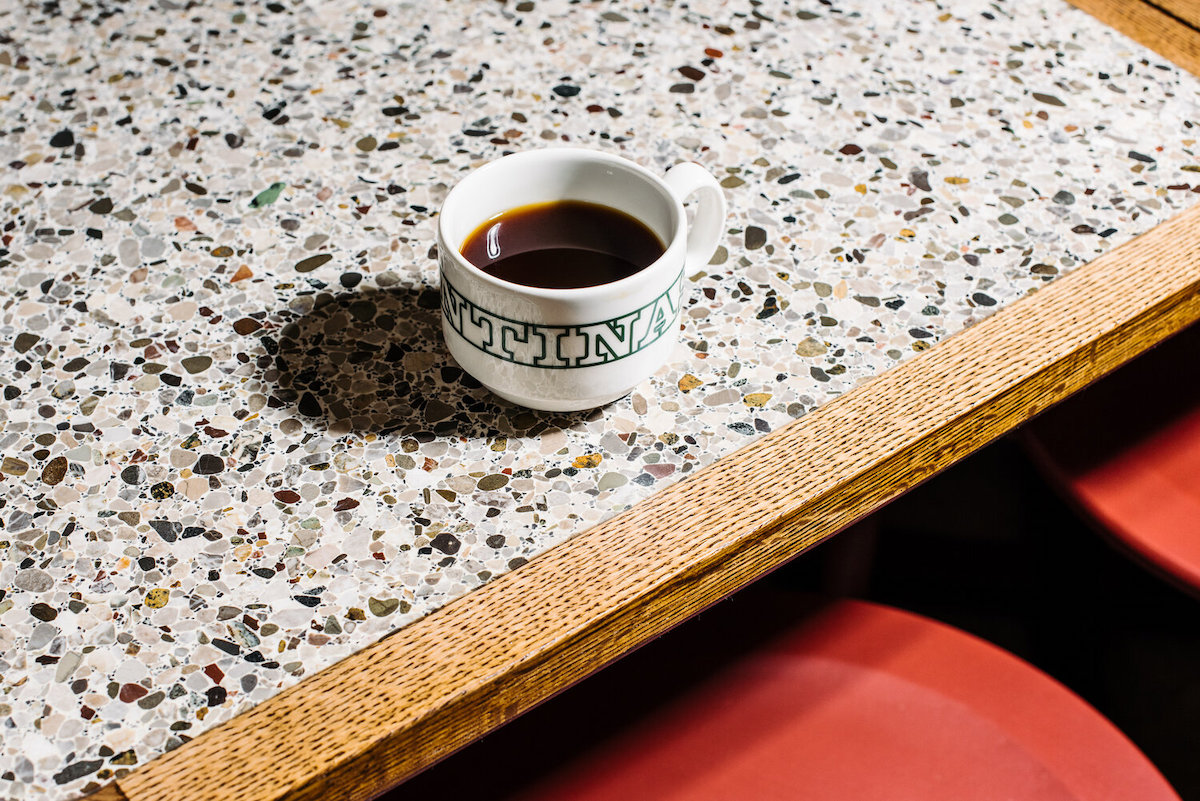
Photograph by Alana Dimou, courtesy of Valentina's.










Subscribe
Want more T Australia? Subscribe to the magazine and receive a bonus issue
At Sun Ranch, a boutique retreat on regenerated farmland in Byron’s hinterland, co-founders Julia Ashwood and Jamie Blakey had a clear vision for their merch: fun, playful, and tongue-in-cheek. “We created merch because we love the Sun Ranch brand,” they say. “It’s organic and sustainably made, just like our whole ethos.” Among their bestsellers? 100 per cent cotton tees, cowboy hats, and linen robes — “incredible memories with your feet on the earth and head in the stars.”
Athas believes the best merch operates in alignment with a brand’s broader themes and values. “The best merchandise is always paired with an overall theme the brand is trying to build — either as part of a campaign or seasonal drop.” She cites Miu Miu’s reissued book classics and Balenciaga’s city-specific souvenirs as examples of how merch can be not just meaningful but collectible. “It’s often a limited edition piece of a brand that consumers can collect… merch provides brand loyalty and also a status symbol.”
But even in this golden era of merch, sustainability remains a pressing concern. “To be able to produce things that are sustainably thought-out always requires time and consideration, which isn’t always possible,” says Athas. “We work with a few brands that do not print any perishable items with their logo on it — this pushes us to think about products that can be kept, repurposed or consumed.”
As for whether we’ve reached saturation? “Saturation will only come when things start to look the same,” she says. “I don’t think humans will ever stop consuming. It just might pivot with trends that come and go.”
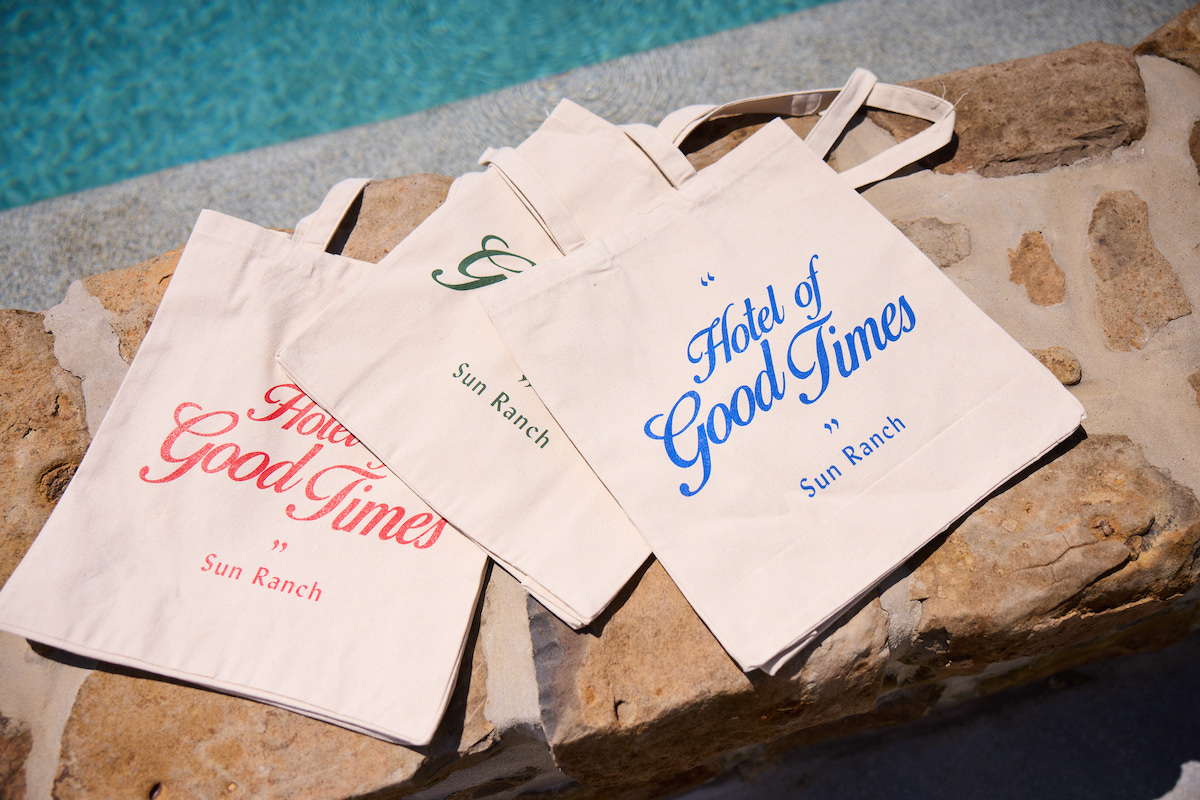
Photograph courtesy of Sun Ranch, Byron Bay.
